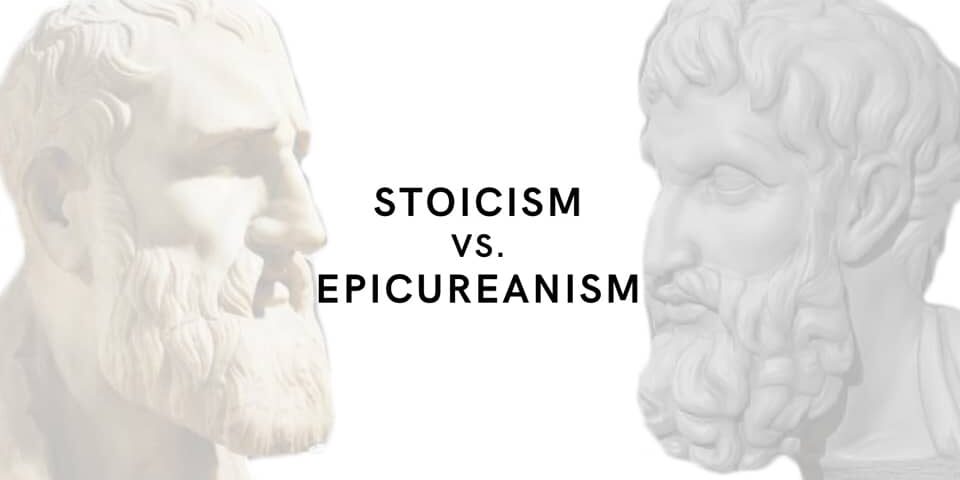
Stoicism Vs. Epicureanism
By: Stephen Hanselman The English language has done a great disservice to two of ancient philosophy’s greatest schools—Stoicism and Epicureanism. In the case of Stoicism, its popular meaning today suggests little more than a stiff-upper-lip, hyper-rational, emotionless automaton, not unlike the Star Trek character Mr. Spock. Similarly, Epicureanism’s popular meaning evokes a kind...
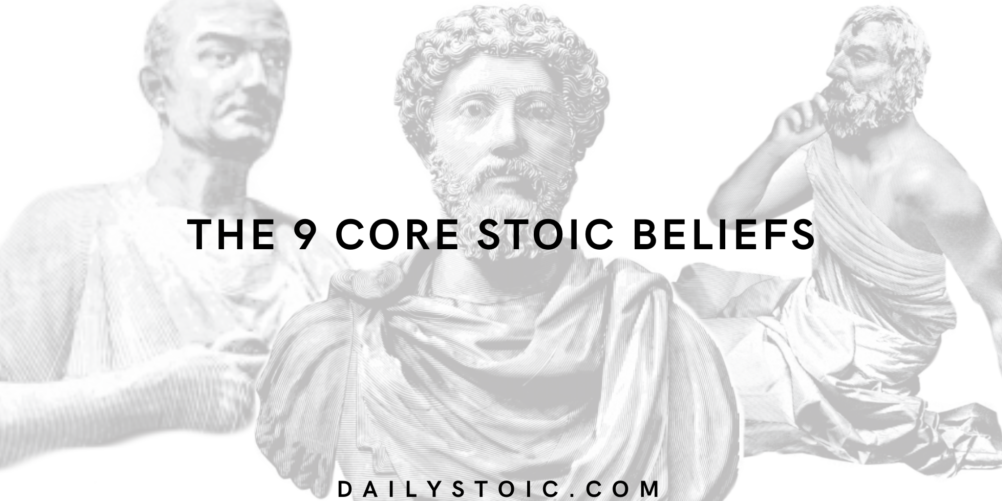
The 9 Core Stoic Beliefs
By: Stephen Hanselman [1] If You Want a Smooth Flow of Life, Live According to Nature At the core of Stoic teaching is the founder Zeno’s idea that a smooth flow of life (euroia biou) comes from “living in agreement with nature.” It was the second leader of the Stoics, Zeno’s student Cleanthes, who added the last...

9 Common Traits In The Lives Of Stoic Leaders
By: Stephen Hanselman For I believe a good king is from the outset and by necessity a philosopher, and the philosopher is from the outset a kingly person.” — Musonius Rufus, Lectures, 8.33.32–34 Stoic ethics were grounded in rejecting the valuing of external things and focusing instead on valuing our reason...
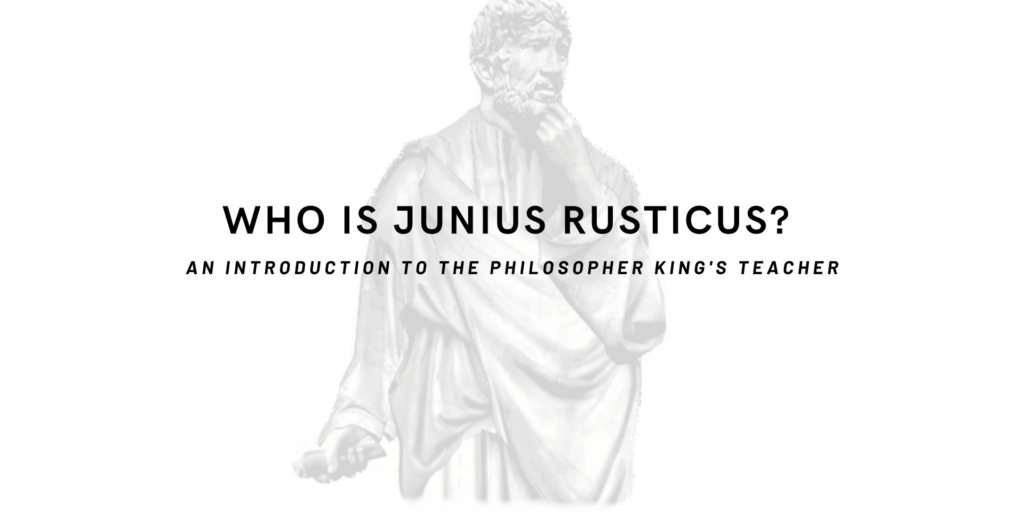
Who Is Junius Rusticus? An Introduction To The Philosopher King’s Teacher
Introduction Junius Rusticus was a 2nd-century Stoic philosopher. The grandson of a member of The Stoic Opposition, Rusticus must have heard story after story of those revered philosophers. And he must have been enchanted because the sense of duty that compelled his grandfather summoned Rusticus as well. He became a soldier then...
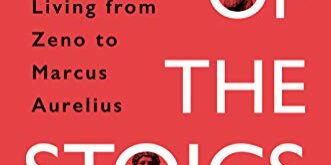
Lives of the Stoics by Ryan Holiday and Stephen Hanselman: Book Review, Key Lessons, Best Quotes, and More
On this page, you will find: Book Review: Lives Of The Stoics Meet The Authors: Ryan Holiday and Stephen Hanselman 5 Takeaway Lessons From Lives of the Stoics All We Control Is How We Respond Don’t Do It Alone Be The Red Thread Keep Your Head Value The Four Cardinal...
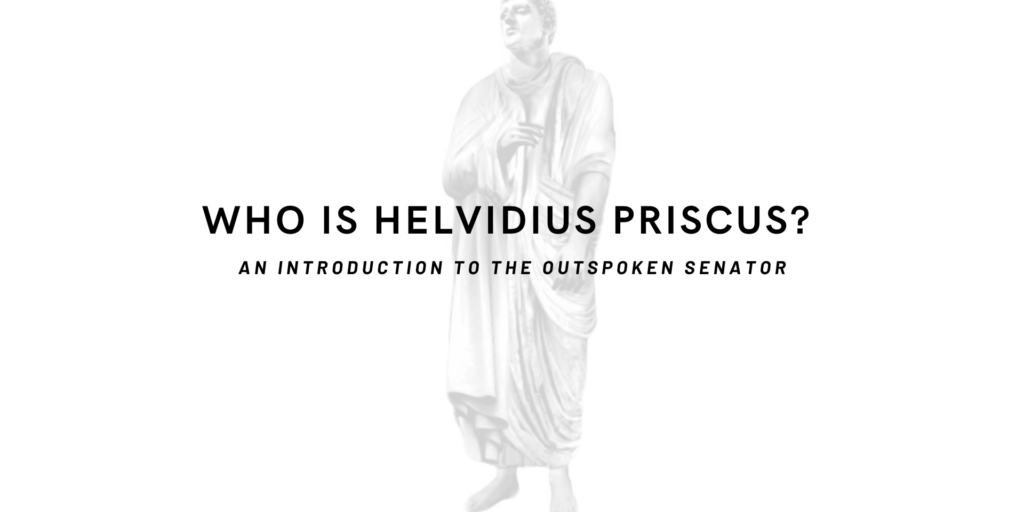
Who Is Helvidius Priscus? An Introduction To The Outspoken Senator
Introduction Helvidius Priscus was a 1st-century Stoic philosopher. He was born to a low Plebeian class family but rose to become a powerful figure in the Roman Empire. From an early age, Helvidius seemed to sense how he might transcend his humble origins. A few decades after Helvidius died, the...
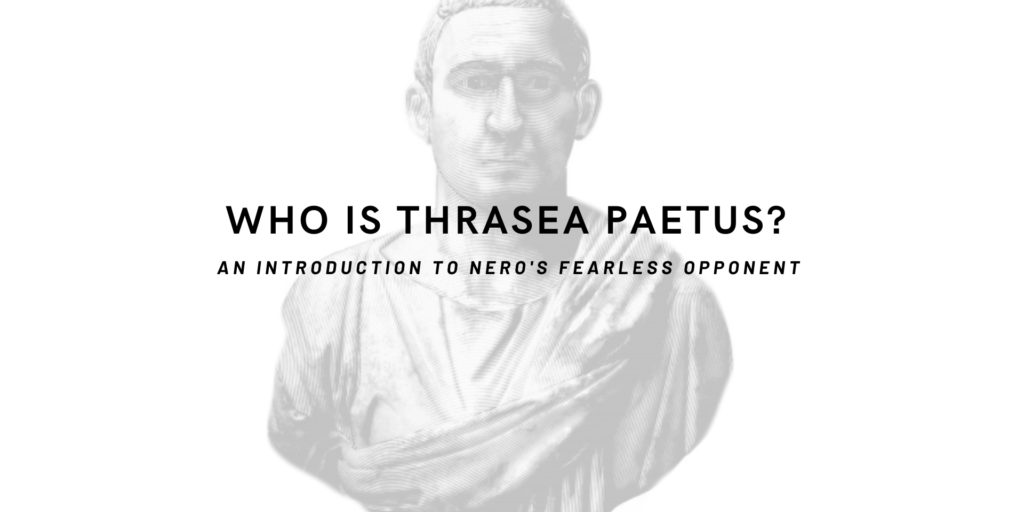
Who Is Thrasea Paetus? An Introduction To Nero’s Fearless Opponent
Introduction Thrasea Paetus was born in 14 AD, the same year the first Roman Emperor Augustus died. It was now six decades since Cato The Younger bled out alongside The Roman Republic. In Thrasea’s Rome then, for most, the old Republic ideals—freedom, mainly—were ancient history. They accepted what Rome had...
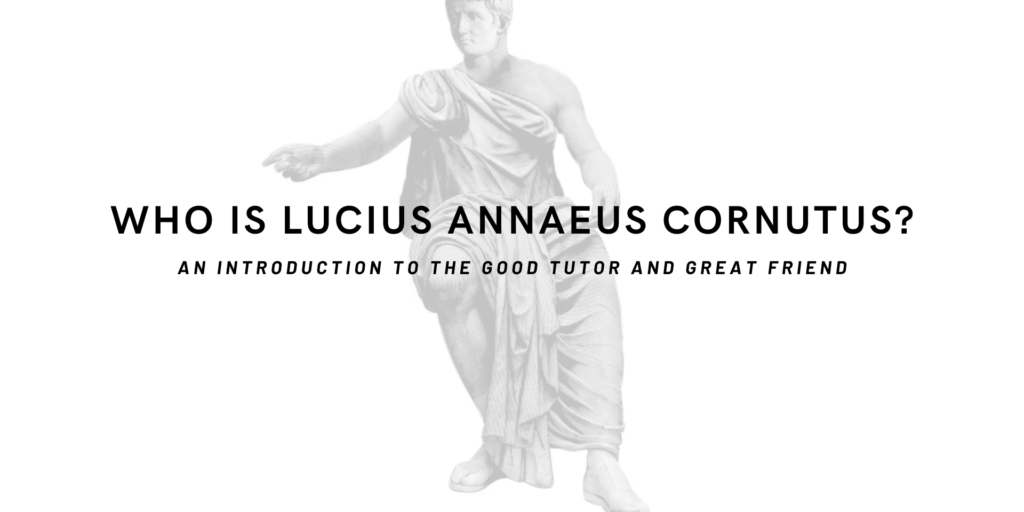
Who Is Lucius Annaeus Cornutus? An Introduction To The Good Tutor And Great Friend
INTRODUCTION Born around 20 AD in Libya, Lucius Annaeus Cornutus was a Phoenician like the Stoic founder Zeno. He was at some point brought to Rome, most likely by Seneca’s brother Mela. Perhaps it was seeing what an impact Seneca’s childhood tutor—the Stoic Attalus—had on his brother that Mela hired...
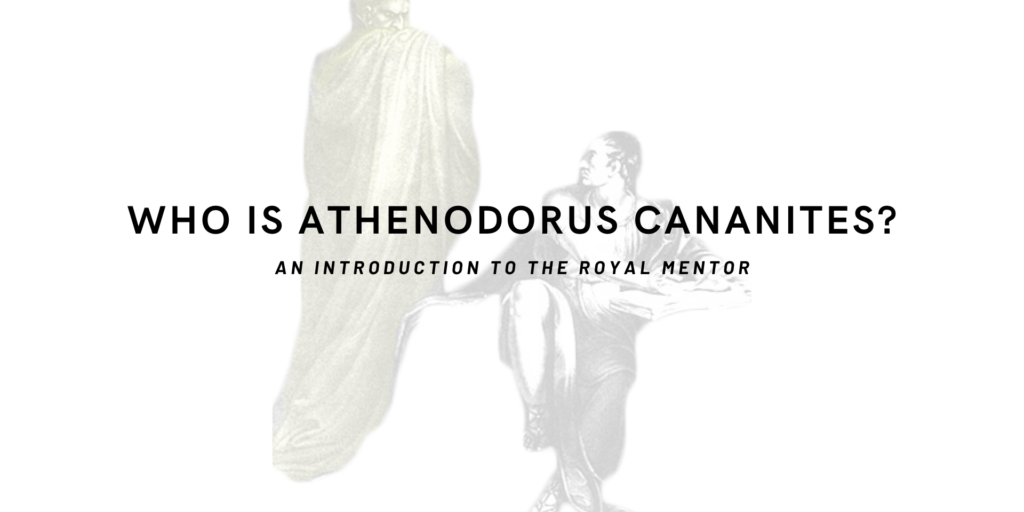
Who Is Athenodorus Cananites? An Introduction To The Royal Mentor
INTRODUCTION When Julius Caesar was murdered in 44BC, the Roman Republic bled out with him. What emerged was the Roman Empire, a new political order led by a single man. Given that Stoicism began in a democratic Athens and came of age in Rome’s great Republic, one might have speculated...

Memento Mori: COVID-19 Teaches Us That Death Is Closer Than You Think
If you have ever looked at much ancient or medieval art, you’ll notice something: Death is everywhere. The French painter Philippe de Champaigne’s famous “Still Life with a Skull,” which shows the three essentials of existence—the tulip (life), the skull (death), and the hourglass (time). The beautiful anonymous German engraving...
